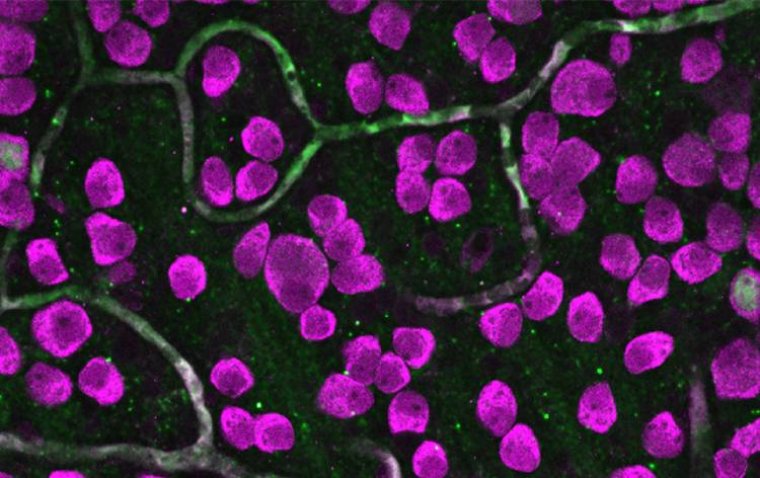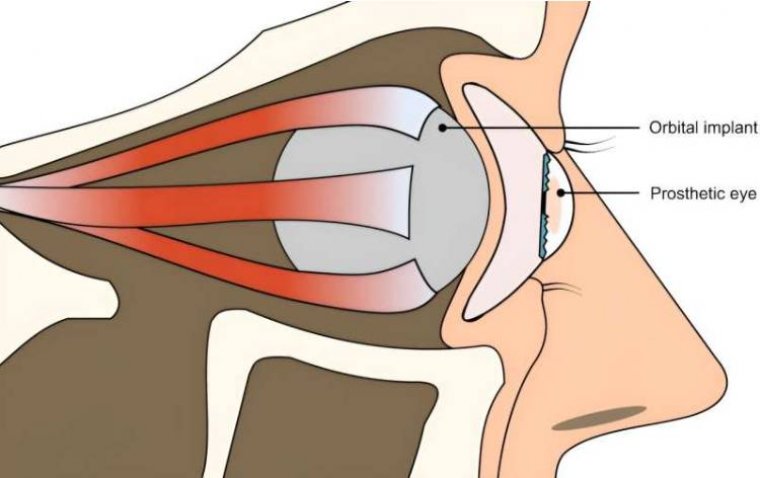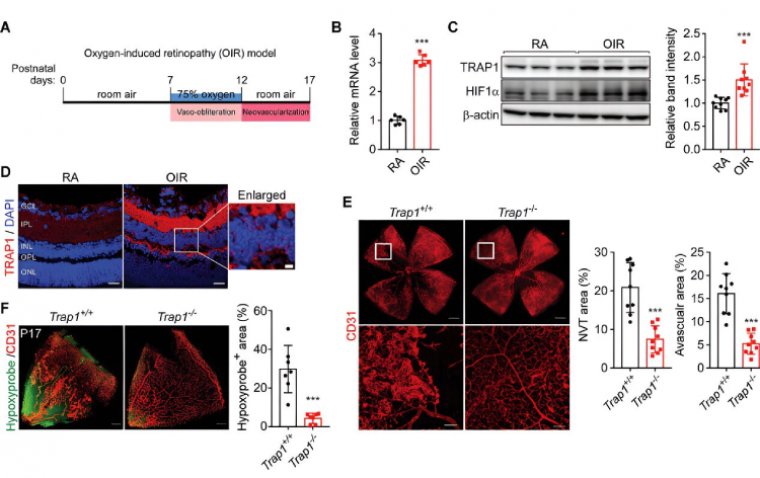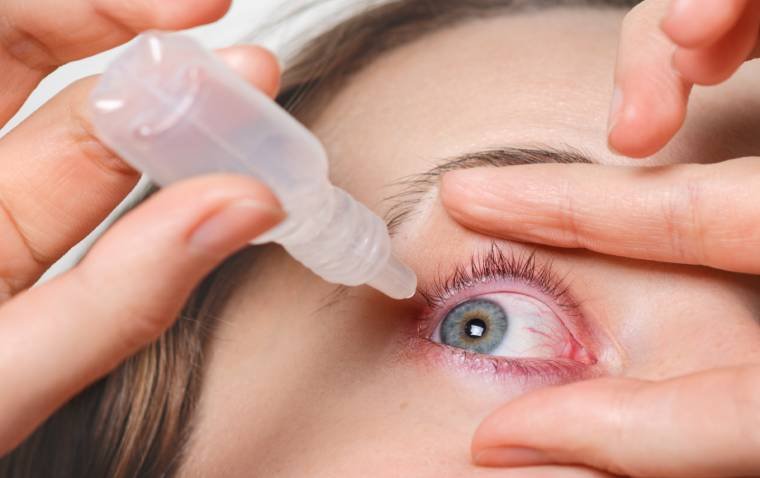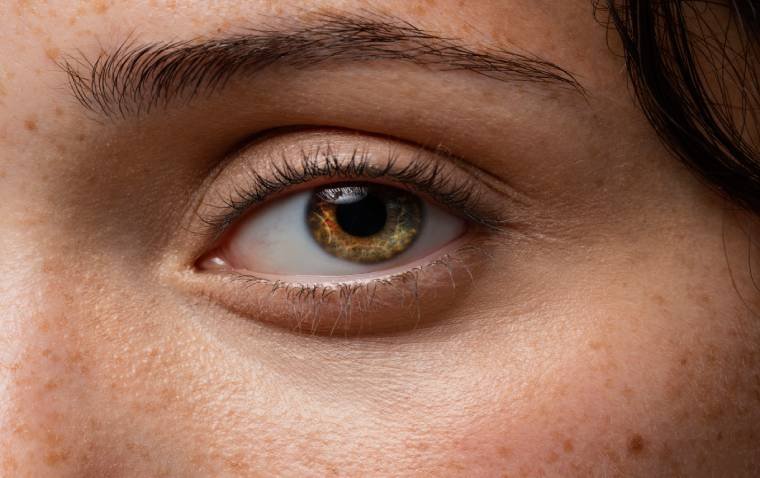
Study Links ‘Good’ Cholesterol to Increased Glaucoma Risk in Adults Over 55
High-density lipoprotein (HDL) cholesterol, often referred to as "good" cholesterol, may be linked to a higher risk of glaucoma in individuals over the age of 55, according to a new observational study published in the British Journal of Ophthalmology. Surprisingly, the study also suggests that low-density lipoprotein (LDL) cholesterol—commonly known as "bad" cholesterol—could be associated with a reduced risk of glaucoma.
These findings challenge conventional beliefs about the role of cholesterol in eye health and may prompt new considerations in glaucoma prevention and lipid management.
Glaucoma and Its Growing Global Impact
Glaucoma is a progressive eye disease that damages the optic nerve, often due to elevated intraocular pressure (IOP). If left untreated, glaucoma can lead to irreversible vision loss and blindness. By 2040, it is estimated that 112 million people worldwide will be affected by this condition.
Key risk factors for glaucoma include:
• Age (particularly over 55)
• Family history of glaucoma
• Ethnicity (higher prevalence among non-White populations)
• Increased IOP and metabolic factors, such as lipid imbalances
While high blood lipid levels have previously been linked to macular degeneration and diabetic retinopathy, their relationship with glaucoma has remained uncertain—until now.
Study Insights: Cholesterol Levels and Glaucoma Risk
The study analyzed data from 400,229 participants aged 40 to 69 years in the UK Biobank Study. Participants completed health questionnaires, underwent interviews, and received comprehensive blood tests to measure cholesterol levels and other lipid markers.
Over an average follow-up period of 14 years, 6,868 participants (approximately 2%) were diagnosed with glaucoma.
Key Findings:
1. Higher HDL Cholesterol Increases Glaucoma Risk:
• Participants with the highest HDL levels were 10% more likely to develop glaucoma than those with the lowest HDL levels.
• Each standard deviation increase in HDL cholesterol was associated with a 5% increase in glaucoma risk.
2. Higher LDL Cholesterol and Triglycerides Lower Glaucoma Risk:
• Those with higher LDL cholesterol levels were 8% less likely to develop glaucoma.
• Higher triglyceride levels were linked to a 14% reduction in risk.
• Each standard deviation increase in LDL cholesterol and triglycerides was associated with a 4% reduction in glaucoma risk.
3. Age-Dependent Association:
• The associations between cholesterol levels and glaucoma risk were only significant in individuals over 55.
• Younger participants (ages 40–55) showed no significant correlation between cholesterol levels and glaucoma development.
4. Influence of Genetics:
• A polygenic risk score—which measures genetic susceptibility to disease—showed that each additional genetic risk factor increased the likelihood of glaucoma by 5%.
• However, there was no direct genetic link between LDL cholesterol, total cholesterol, or triglycerides and glaucoma risk.
Mechanisms Behind the Cholesterol-Glaucoma Link
The study did not establish a causal relationship but proposed several mechanisms that might explain the findings:
• HDL Cholesterol and IOP Regulation:
HDL cholesterol may interfere with the aqueous humor outflow pathways within the eye, contributing to increased intraocular pressure (IOP)—a primary risk factor for glaucoma.
• LDL Cholesterol’s Neuroprotective Potential:
LDL cholesterol might play a protective role by supporting the structural integrity of cell membranes within the optic nerve head.
• Systemic Inflammation and Lipid Metabolism:
Lipid imbalances could influence the inflammatory response in ocular tissues, potentially affecting glaucoma progression.
Clinical Implications: Rethinking Lipid Management in Glaucoma Care
These findings suggest that current lipid management strategies—focused on reducing LDL and increasing HDL cholesterol—might warrant reassessment in the context of glaucoma risk.
Potential Clinical Considerations:
• Individualized Risk Assessments:
Ophthalmologists and primary care physicians may need to evaluate cholesterol levels when assessing glaucoma risk in older adults.
• Targeted Screening for At-Risk Populations:
Patients with elevated HDL cholesterol—particularly those over 55—might benefit from more frequent IOP monitoring and optic nerve evaluations.
• Further Research and Longitudinal Studies:
Additional clinical research is necessary to clarify the mechanisms behind the cholesterol-glaucoma relationship and to guide future treatment protocols.
Limitations of the Study
While the findings are compelling, researchers acknowledged several study limitations:
• Blood samples were obtained without prior fasting, which may have affected lipid measurements.
• Cholesterol levels were measured at a single time point, limiting insights into long-term lipid variability.
• The study population was predominantly of European ancestry, potentially limiting the generalizability to other ethnic groups.
Conclusion: A New Perspective on Cholesterol and Eye Health
This study introduces a paradigm shift in our understanding of cholesterol’s role in eye health, particularly for individuals at risk of glaucoma. The longstanding perception of HDL as "good" cholesterol may not hold true in the context of glaucoma, especially for those over the age of 55.
Further research is essential to uncover the biological mechanisms involved and to determine whether cholesterol-modifying treatments could be adapted to improve glaucoma prevention and protect long-term vision health.
Reference:
Associations between serum lipids and glaucoma: a cohort study of 400 229 UK Biobank participants, British Journal of Ophthalmology (2025). DOI: 10.1136/bjo-2024-326062
(1).jpg)

